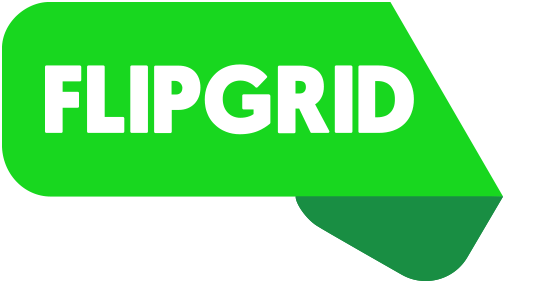
I was called a fascist once in my life. When I would teach the Rise of Totalitarianism unit in World History, I would teach the defining characteristics of Fascism. I would then have students answer a fictitious job ad written from the perspective of a country in need of a Fascist Dictator. I'd teach students the skills of making a resume (all the different elements they needed, formatting, tips for creating an appealing resume, etc.) and they would create a character that was the perfect fit for the job ad. I took it a step further. I had all students type theirs up in class and turn them in, I split them up in three big groups, and I distributed the resumes to each group. The students had to decide who had the best resume without knowing where the resume derived from - can't vote for your friends' if you din't know who's who. They identified their top 3 candidates. Then I took it a step further. I interviewed each one in front of the class - total performance mode...very serious - and the students had to choose the best candidate from the interview.
I mentioned I was called a fascist once. One year, after doing this series of real-world activities while teaching content, a parent, clearly upset and offended by a complete misunderstanding of the nature of the activity, thought I was glorifying fascism and indoctrinating my students with my propaganda. All because I was teaching a lesson on something bad (fascism) through a vehicle of something good (applying for a job). I was then called a fascist. And I understood their position. I'm sure the dinner table conversation went something like this:
Parent: What are you doing in History class little Timmy?
Little Timmy: Oh Crossen is making us be fascists by creating a resume for the "perfect" fascist.
Parent: Errm...ok. Did he give you any feedback on yours?
Little Timmy: Yeah....he said I need to include more experience suppressing the human rights of others.
Like, I get it. That sounds horrible. That, however, is not what I was doing. And I am in no way shape or form a fascist.
What I was doing was giving my eager 15-16 year old audience a glimpse into their future. Hunting for a job and going through the process is something students are curious about. We need to prepare them for what happens in that area of life they have yet to enter. Teaching how to build a resume is an excellent activity that can be applied in all subjects. It doesn't need to be their resume - in fact it's better that it's not. Use it as an assessment. Problem is there are so many types of resume formats out there, it's difficult to identify the proper mechanism in which to roll with. Enter
Visualize Me.
Visualize Me is a free, virtual resume that creates an infographic resume with all the traditional aspects an employer would want to see in a traditional resume. The resulting product is a portfolio like view of a person's accomplishments that can be shared or embedded on a website just like most content these days. This method is great for the student who is building a web portfolio of their best work to show potential colleges and employers. It will also demonstrate to all interested parties that they have technical skills.
To run this activity I would recommend talking about resumes first - what it's used for, how it is used by an employer, how it is usually an employer's first impression of you, what goes into a resume and what does not (sorry bud, but having 300 likes on an Instagram post is not resume worthy), etc. I would show them good print resume examples and bad ones. I would also encourage students to start thinking about their own job searches in the coming months if they haven't already.

If you utilize Visualize Me (and I highly recommend you do), here are the steps:
- The students would sign up for a free account
- They would plug in the requisite information in the different sections (images on
- the right)
- And that's it! Visualize Me does the rest and creates a slick and professional looking infographic on the information provided.
- The students can play around and customize the theme and style of the infographic and personalize it based on their set templates
Your students will be impressed with the result, will learn new life/job related skills, and, depending how you use the activity, will be able to show you what they know about the topic you are studying. Below is an example of what the top part of the infographic looks like.
Our students need to learn these skills in order to build confidence for when they need to use them. Visualize Me is a great EdTech tool to develop those skills in our students. So give it a try. I don't recommend using the activity to teach the defining characteristics of fascism though. 😉








